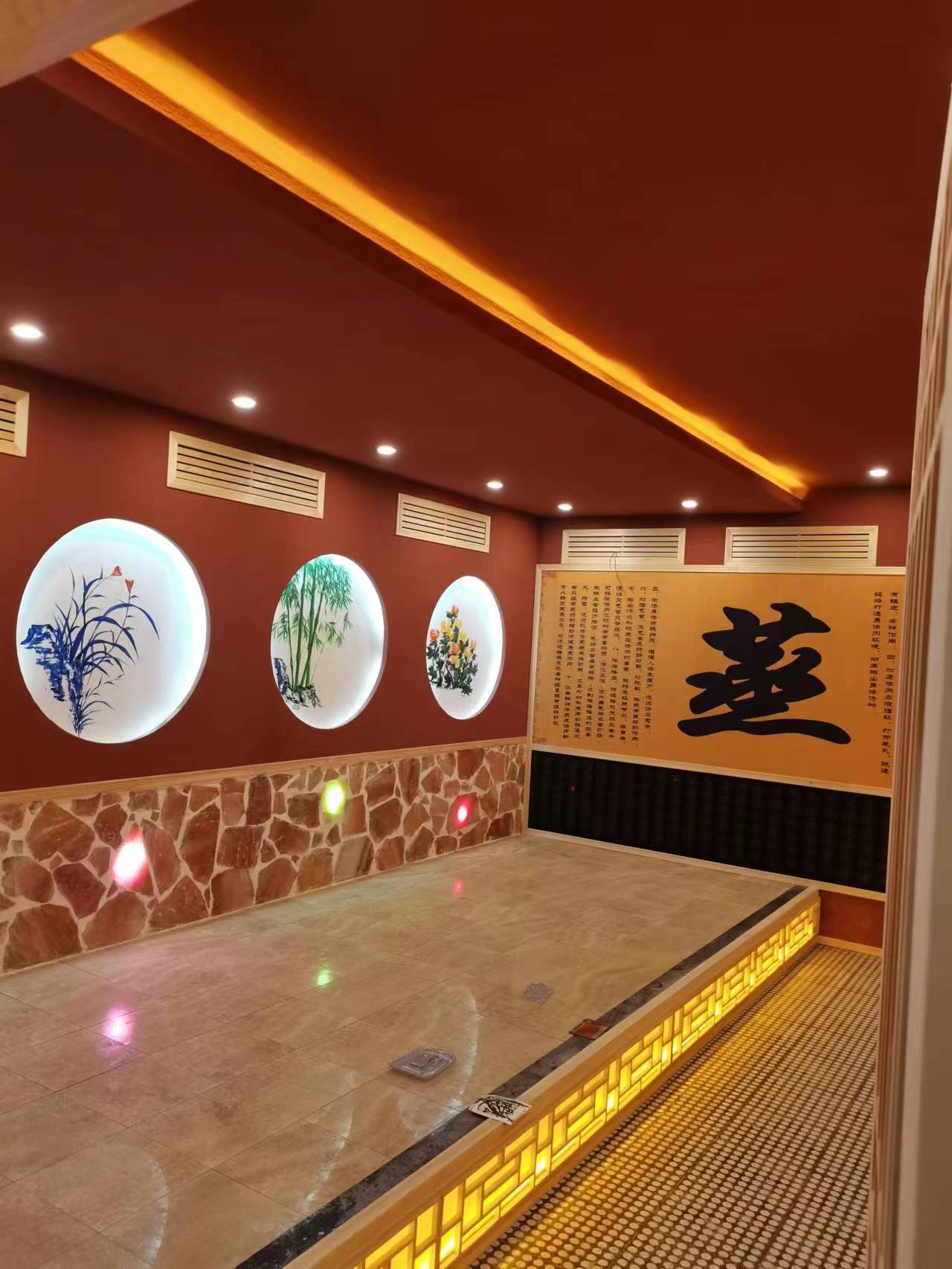
In today's architecture and interior design, the choice of ceiling materials plays a crucial role in creating a comfortable and healthy living or working environment. Breathing ceiling materials have emerged as an innovative solution that offers significant benefits in terms of air circulation and moisture control.
Breathable ceiling materials are designed to allow air to pass through them. This permeability promotes better air circulation within a space. Unlike traditional non-breathable materials that can trap air and create stagnant pockets, breathable ceilings facilitate the movement of air. This continuous flow of air helps to maintain a fresher atmosphere by preventing the buildup of stale air and odors. For example, in a closed room, breathable ceiling materials can ensure that the air is constantly being exchanged, reducing the feeling of stuffiness and enhancing overall comfort.
When it comes to moisture buildup, breathable ceiling materials are highly effective in combating this issue. Moisture can accumulate in a space due to various factors such as high humidity levels, cooking, bathing, or even breathing. If not properly managed, this moisture can lead to problems such as mold growth, damage to the structure, and a musty smell. Breathable ceiling materials act as a barrier that allows moisture to escape rather than being trapped. They can absorb and release moisture at different rates depending on the environmental conditions. This helps to regulate the humidity levels within a room, keeping it at a comfortable and stable level.
Moreover, breathable ceiling materials can also contribute to energy efficiency. By promoting better air circulation and reducing moisture buildup, they can help to reduce the load on heating, ventilation, and air conditioning systems. This can result in lower energy consumption and cost savings over time.

